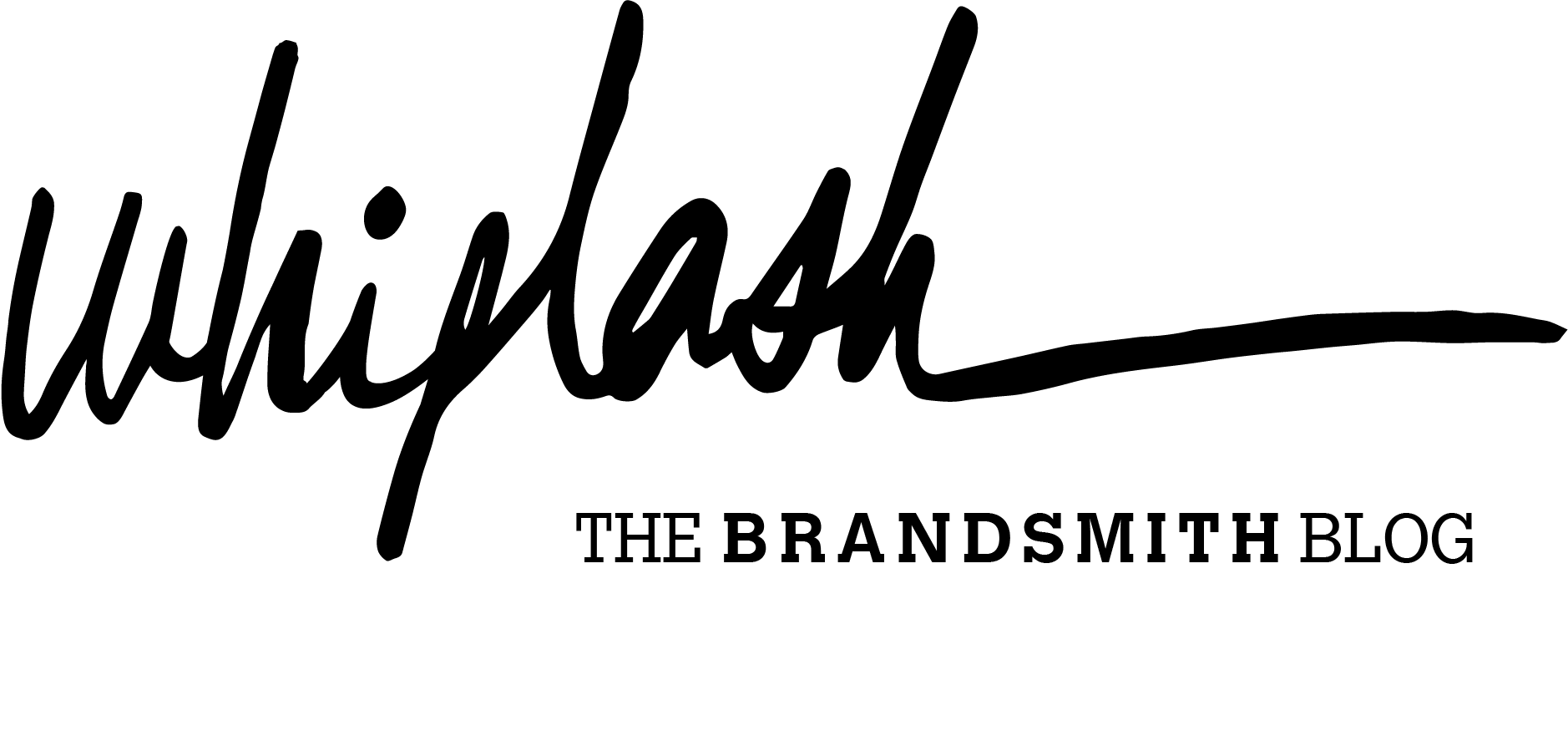
21 Nov Transparency, the new paradigm
Whiplash Team, November 15th 2019
Transparency, the new paradigm
In times when fake-news goes viral and society no longer trusts neither the media, politics nor brands, transparency has become a new paradigm.
For brands in particular, it is imperative, since, according to experts such as Chris Barth of the New York marketing consultancy Contagious, being transparent is the only possible response to these three imposing factors:
- The decline of consumers’ trust in brands.
- The emergence of new technologies, such as blockchain, which promotes
- transparency and traceability to products and processes.
- The new benchmarks established by disruptive brands (those that continuously develop services and renew their marketing methods, designing each process to satisfying the needs and desires of their audience).
In other words, traditional brands are doomed to either be transparent or see their consumer base disappear in a short space of time.
In addition, transparency is a tool that can allow brands to rebuild consumers’ trust. Domino’s Pizza is a good example. In 2010 the pizza chain was subject to very bad reviews and lost much of its market share. As a strategy to regain the trust of its customers it reformulated its recipes and broadcasted its production processes.
On the other hand, transparency is profitable. Recent studies show that consumers are willing to pay more for branded products they trust.
Also, many brands are using transparency – both in their production and pricing processes–, as a marketing element to gain followers and customers and to set new benchmarking standards. An example of this is the children’s clothing brand Honest Company, which is completely transparent as to where and how its garments are made, where they source the fabrics or yarns… On its website you can access all the data and their business philosophy, from the selection of materials to labelling.
In Spain, Fernando Olivares, Communication and Corporate Brand professor at the University of Alicante, in a recent conference on “Fake News and black brands in the age of transparency”, defined black brands as “brands, usually owned by notorious and renowned manufacturers, whose products are manufactured entirely by third parties, hidden from the average consumer”. For him, and for the rest of the authors of the book «Black Brands (in the age of transparency)», “labelling should be a space where true production facts are stated and is not a space for ambiguity”. As an example of a transparent brand in the food industry they cite Hacendado, rating it as “hyper-transparent” and further noting that it is “registered and relevant to people”.
In any case, the standardization of certain technologies will soon be a determining factor in eradicating opacity in products, processes, packaging and labelling. For example, Artificial Intelligence in virtual assistants such as Alexa or Google Assistant, will allow direct access to the data of products, before purchasing them. Blockchain, on the other hand, is already being used to track food products to their origin and verify their authenticity and security. In the United States, Walmart, Kmart and manufacturers like Unilever are already using blockchain to track food products as they are added to the production cycle and move through the supply chain.
What is clear is that transparency has become a critical element for the survival of brands in all sectors and industries. But transparency can’t be artificially imposed, it must be incorporated into the organization’s DNA radiating from the highest levels of management towards all levels of the company, to nestle into its culture and its daily work.

























